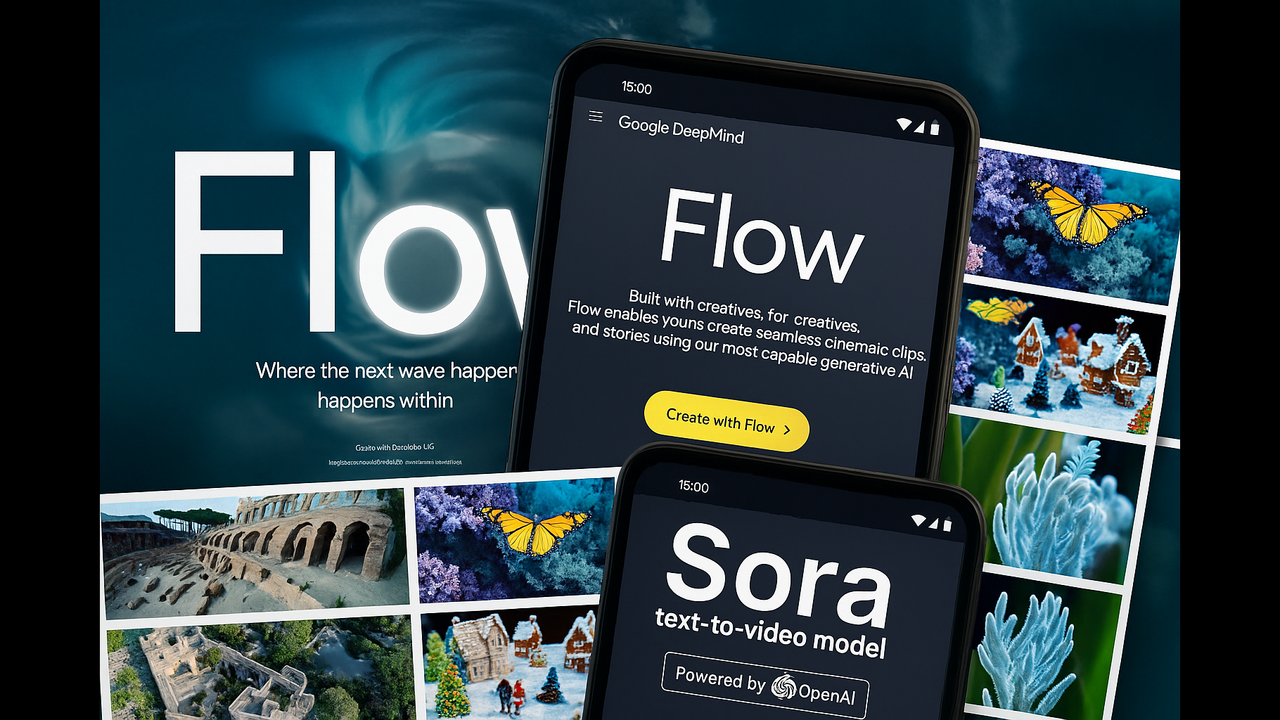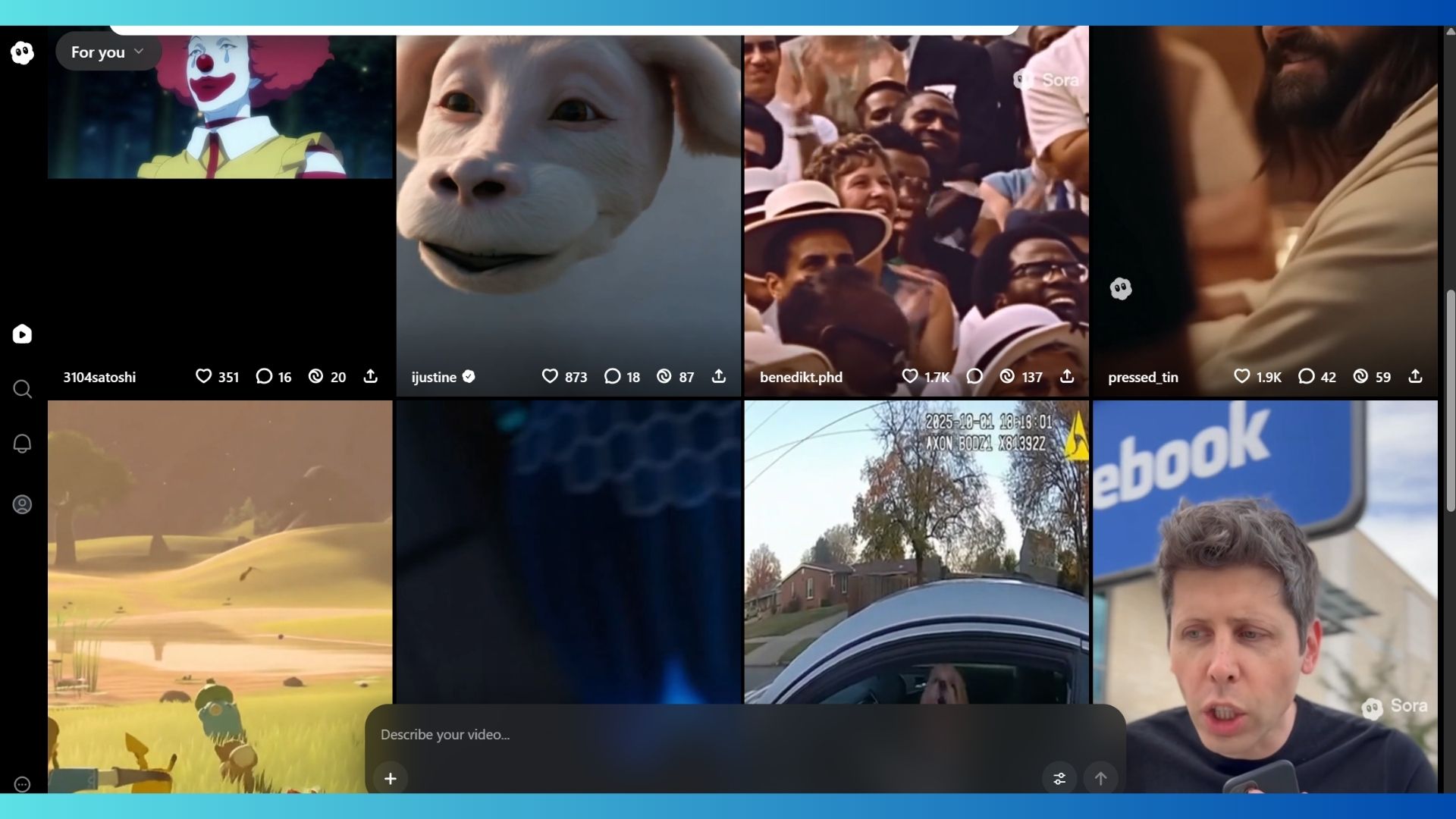
When OpenAI launched Sora 2, I couldn’t wait to try it. The app promised cinematic video generation powered by next-level AI, and everyone online was raving about it — that is, anyone who had managed to score an invite code. I like watching people log on to Sora 2 for the first time and seeing their expression as they scroll through what seems like endless 10-second videos that all seem to blob together to encourage endless scrolling. But after a few days of using Sora 2, I realized something surprising — Sora 2 hurts my brain.
The issue isn’t the technology, because the videos are all pretty good; it’s the experience. Sora 2 has turned AI video generation into a social platform of AI slop. There’s a feed, a comment section, likes, remixes — all the trappings of TikTok. And that’s the problem.
If I wanted to scroll through endless short videos, I’d go to TikTok. I don’t need another app vying for my attention with dopamine-drip brain rot content. I use AI video generation tools for something different than what Sora 2 seems to be for. I enjoy creating something inspired and uniquely personal, not another distraction in a sea of trends.
The social fatigue of Sora 2

Sora’s community aspect feels less like inspiration and more like overload; like a crowded train station full of people going in different directions. Every time I open Sora, I was bombarded with other people’s ideas. It doesn’t open to an empty chat box, it opens to what feels like a an endless rave of hypnotic slop and memes. Instead of motivating me, it made me feel like my imagination was being boxed in.
That’s when I realized Sora 2 isn’t for creatives like me. What's worse, is that Sora 2 uses so much energy that OpenAI is diving deeper into infrastructure with a new multi-year deal.
According to OpenAI, the chips could eventually deliver up to 10 gigawatts of AI computing capacity, a level of energy demand that rivals the total electricity usage of some small countries.
Broadcom’s stock surged after the announcement, underscoring investor confidence in the future of custom AI accelerators. But the real story might be the energy footprint. At a time when AI is booming, and drawing scrutiny for its carbon and electrical impact, OpenAI’s ambitions make it clear that the race to build smarter models is also a race to secure more power, in every sense of the word.
Why Veo 3 is the better creative space

Veo 3, Google’s cinematic video model, is quieter, simpler and entirely focused on the craft of creation. There’s no constant feed or social noise — unless you choose to visit Flow TV, Veo’s optional community hub. I actually love seeing what others make, but I want to be the one who decides when I see it — not have it served to me the moment I log in.
When I’m using Veo 3, I’m not thinking about likes or engagement metrics. I’m thinking about tone, color, movement, and storytelling. It’s almost meditative. I can experiment, refine, and even fail — without the pressure of an audience watching.
Where Sora 2 feels like a concert, Veo 3 feels like a private studio. And right now, that creative quiet is exactly what I need.
Bottom line
Sora 2 may be the future of AI video entertainment-meets-social, but Veo 3 is the future of AI creation. If you thrive on community, trends and visibility, Sora 2 will probably thrill you.
But if you’re like me — someone who prefers creativity without chaos — then you'll discover that Veo 3 is where originality actually flows.
Follow Tom's Guide on Google News and add us as a preferred source to get our up-to-date news, analysis, and reviews in your feeds. Make sure to click the Follow button!







